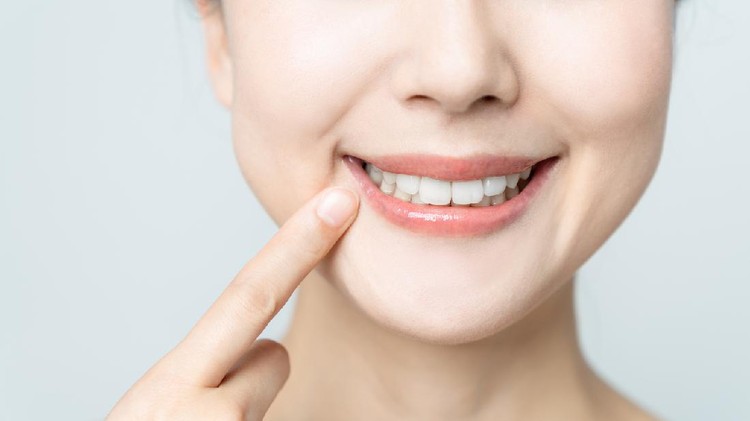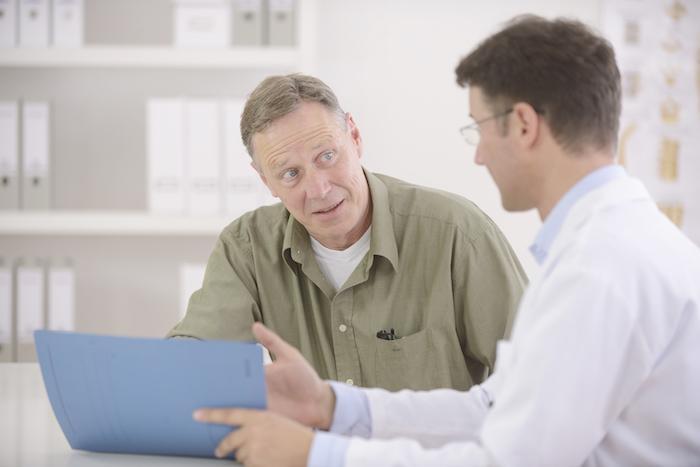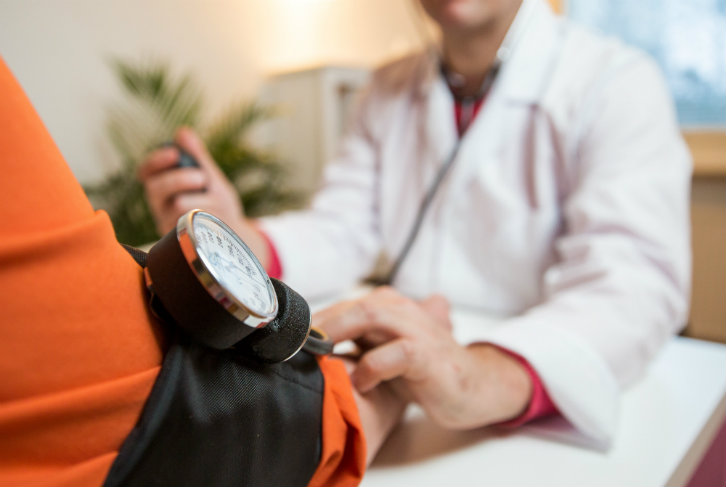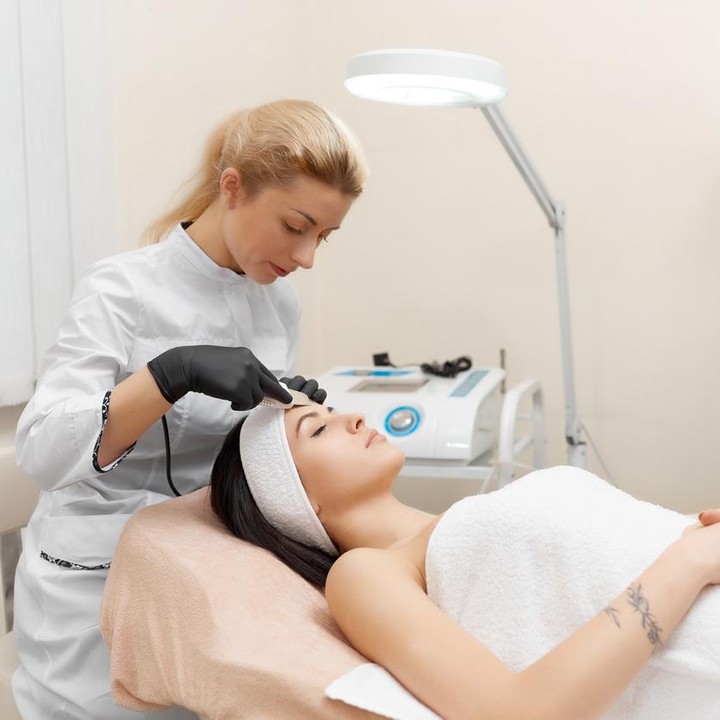
You’re struggling with missing teeth and you’re looking for a solution – something that’s reliable, natural-looking, and won’t break the bank. Sure, you’ve heard about dental implants and invisalign bayside, but have you considered dental bridges? Cosmetic dentists can tell you there’s a reason why dental bridges have stood the test of time in our profession. They’re more than just a band-aid solution; dental bridges offer a myriad of benefits that can truly transform your smile. Dive in as we explore the advantages of dental bridges in cosmetic dentistry.
A Brief History of Dental Bridges
Let’s travel back in time. Centuries ago, civilizations like the Etruscans and Egyptians were using gold and ivory to replace missing teeth. Fast forward to today, we’re using materials like porcelain and zirconia, but the principle remains the same. Dental bridges, true to their name, bridge the gap created by one or more missing teeth, providing a practical solution with a long-standing tradition.
Why Choose Dental Bridges?
Three main reasons stand out when considering dental bridges.
- Functionality: Dental bridges restore your ability to chew and speak properly. Missing teeth can affect your bite, and a bridge can help bring balance back to your



